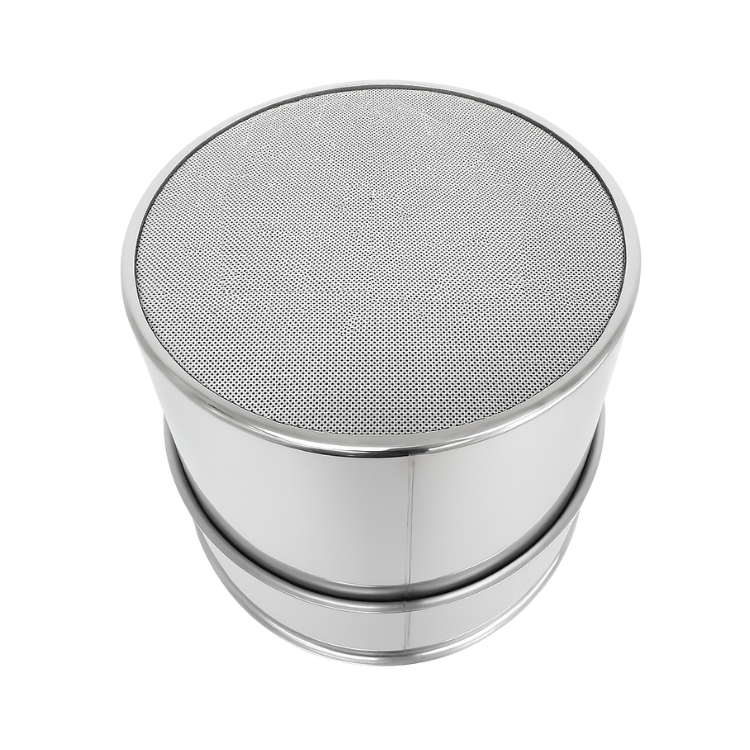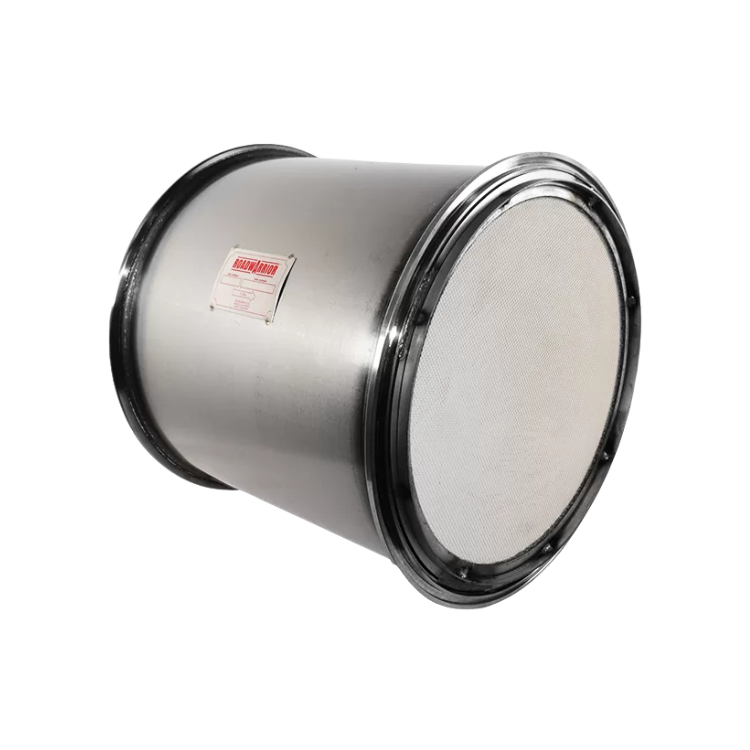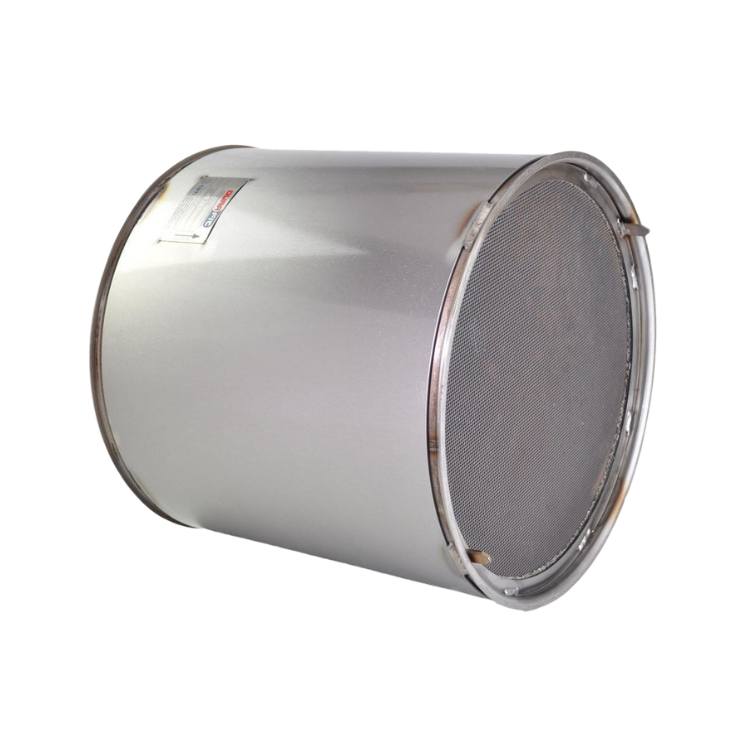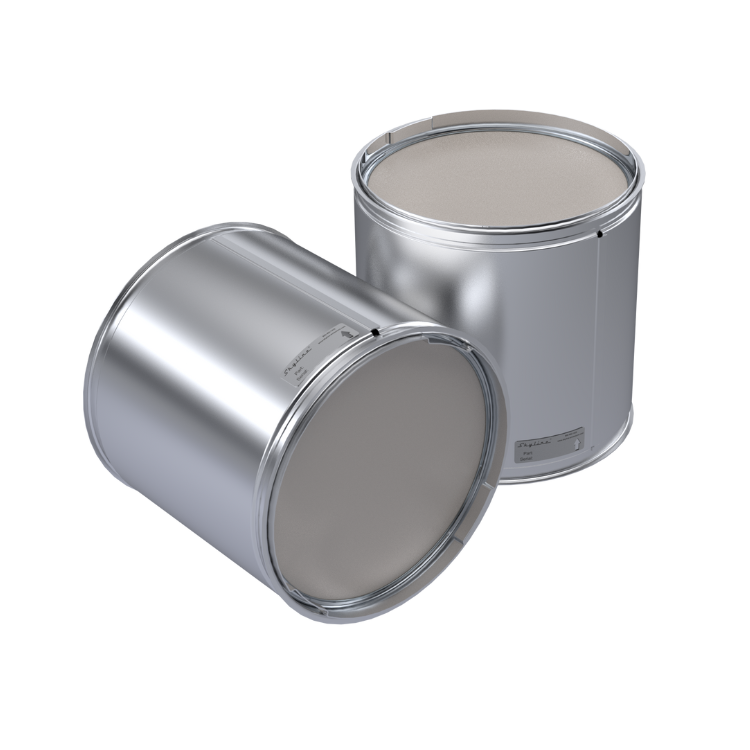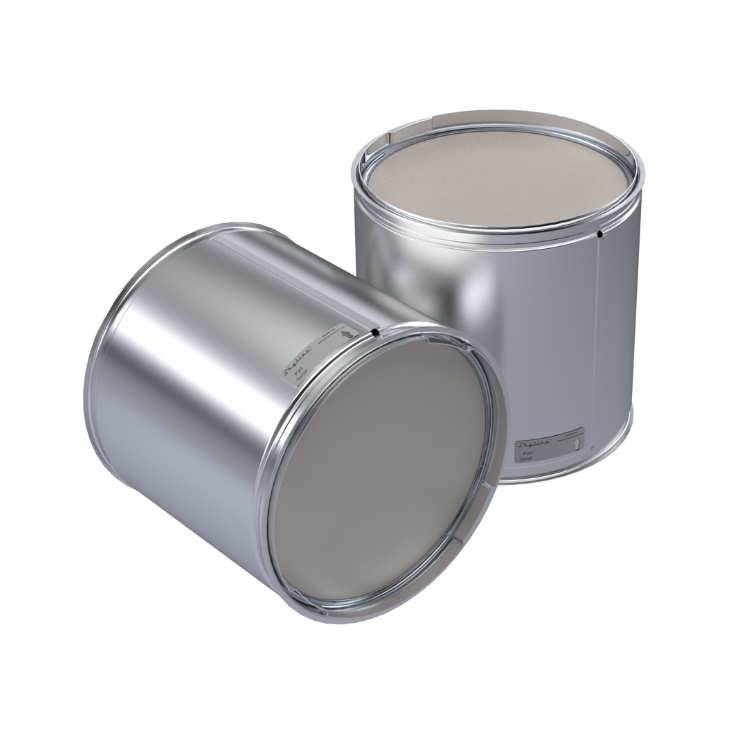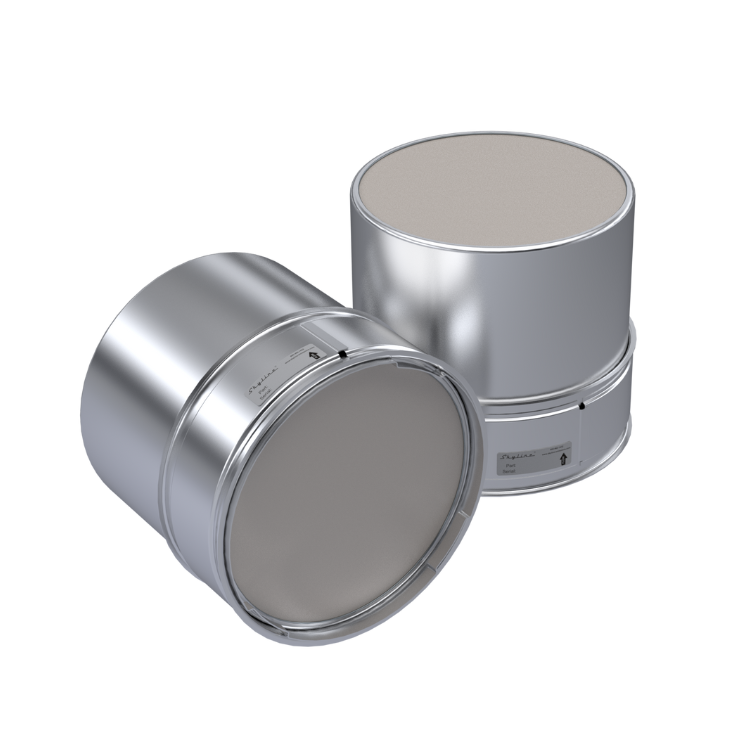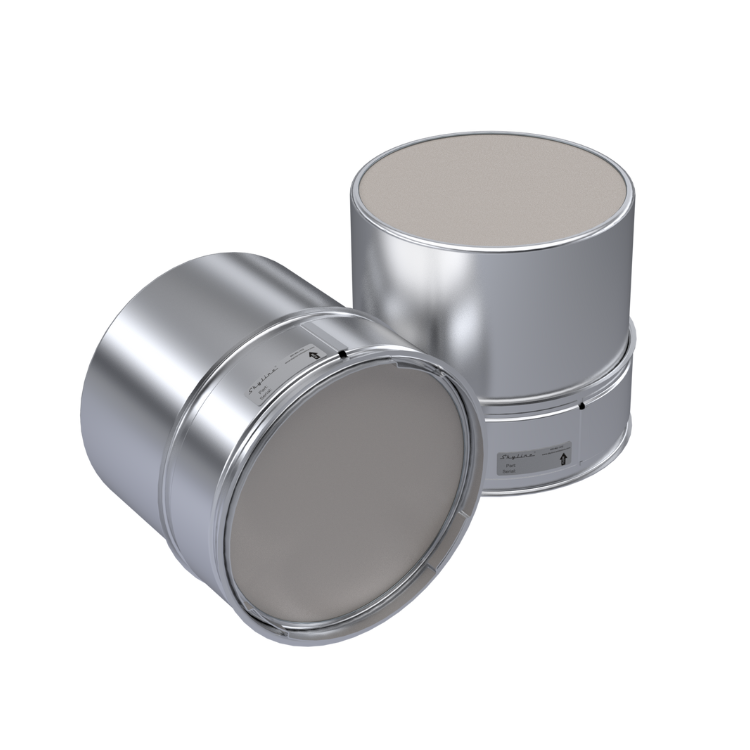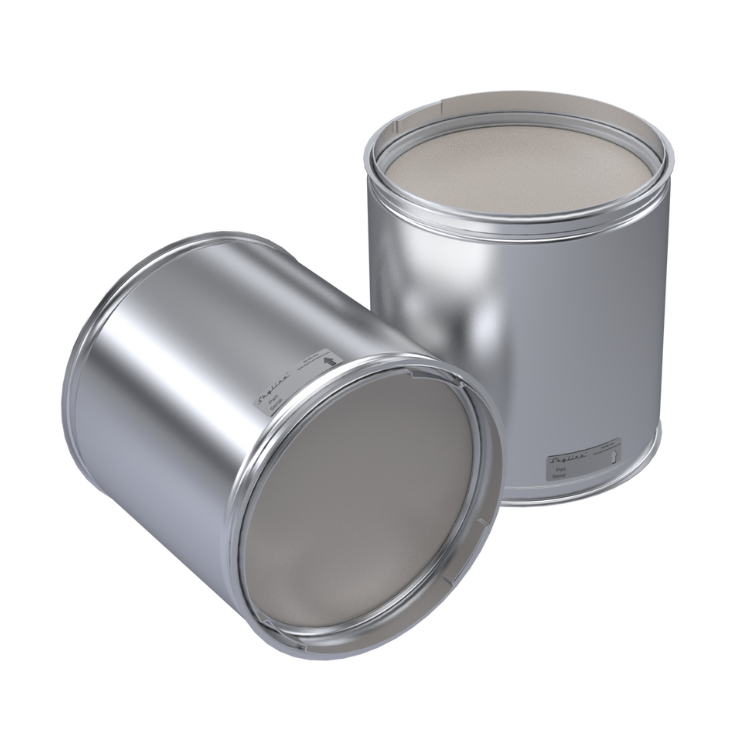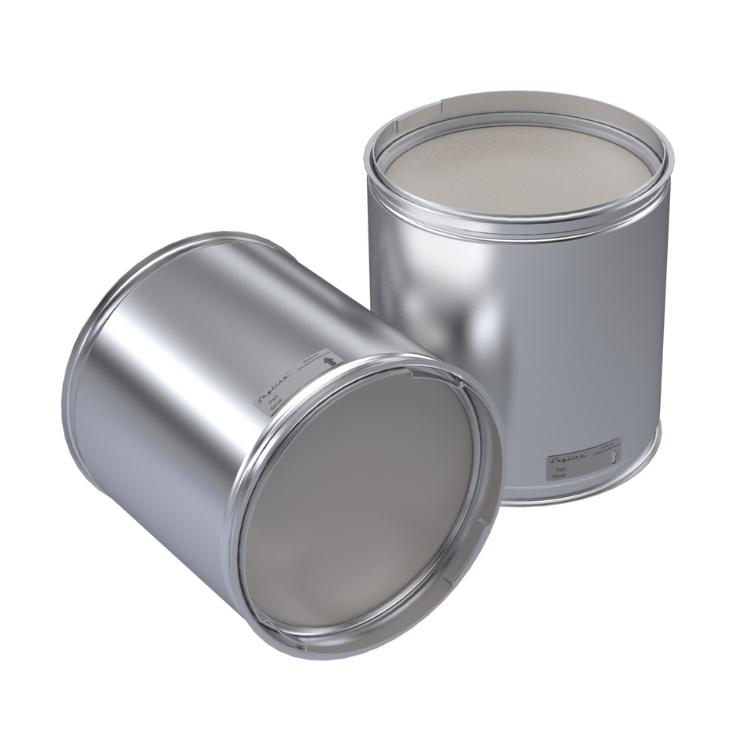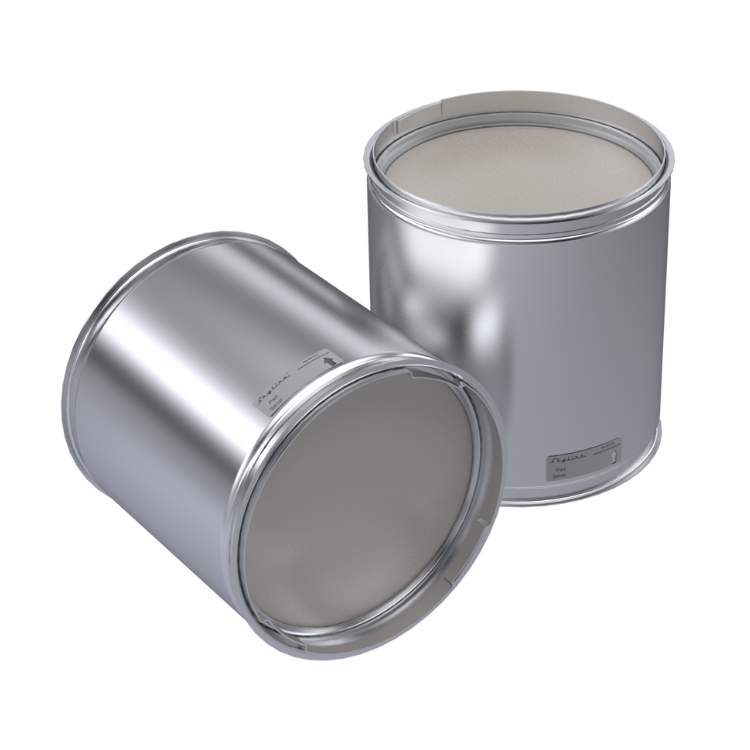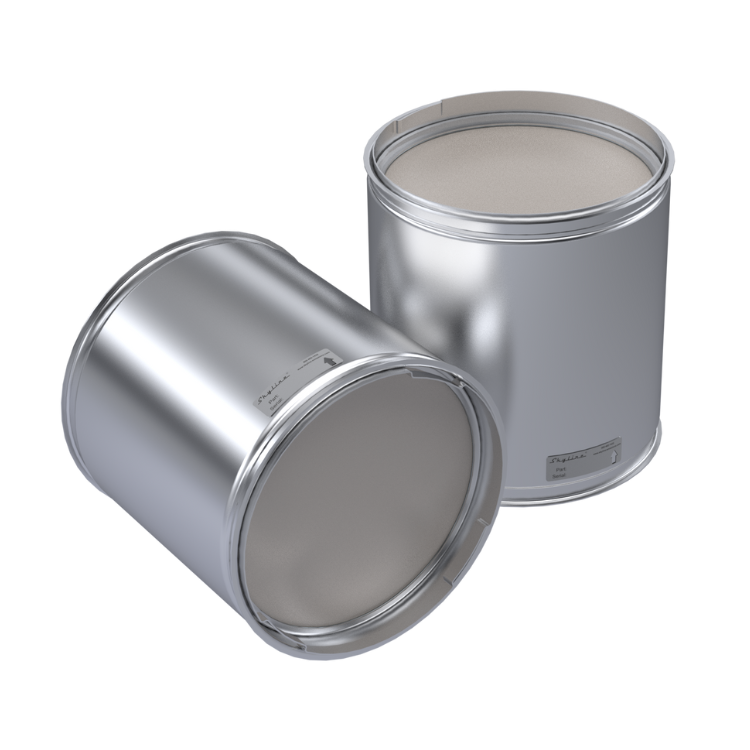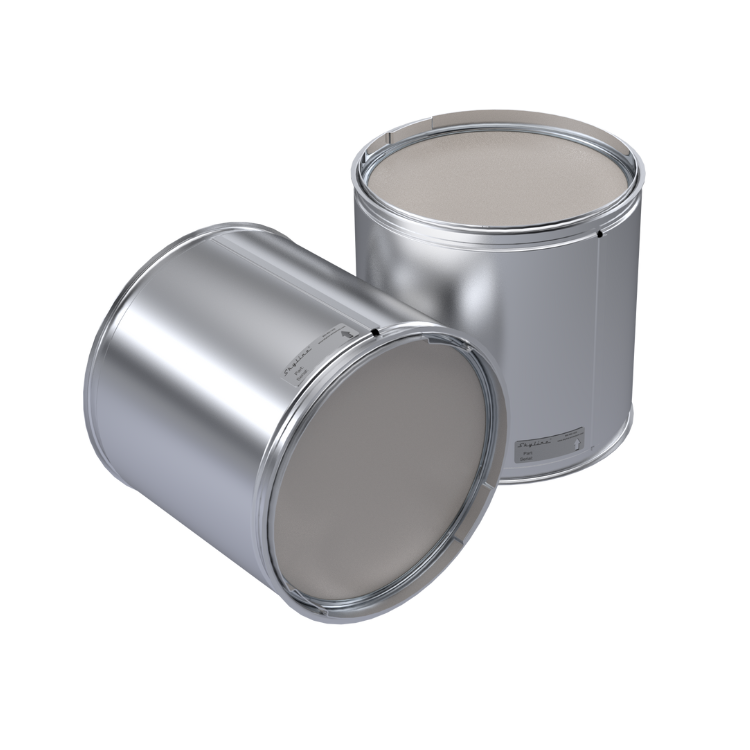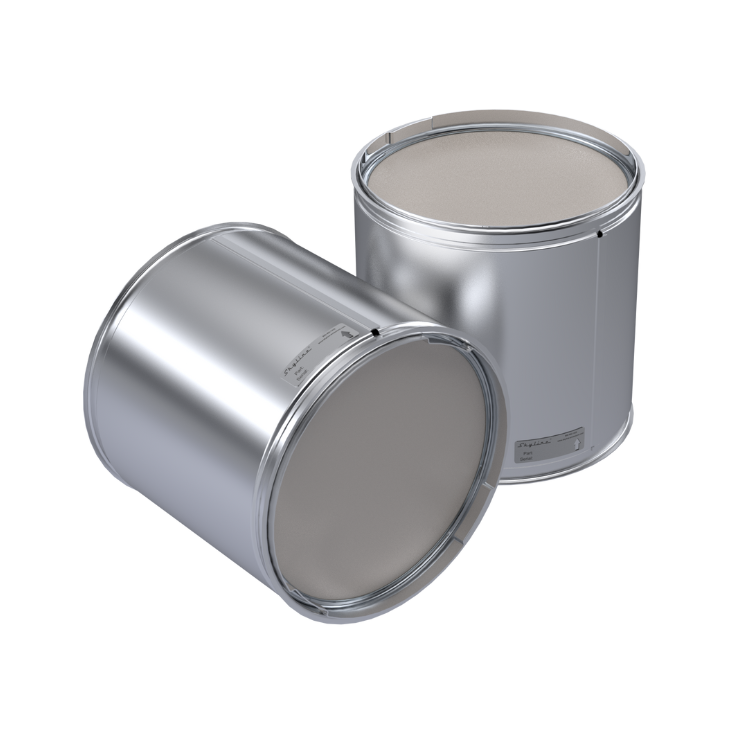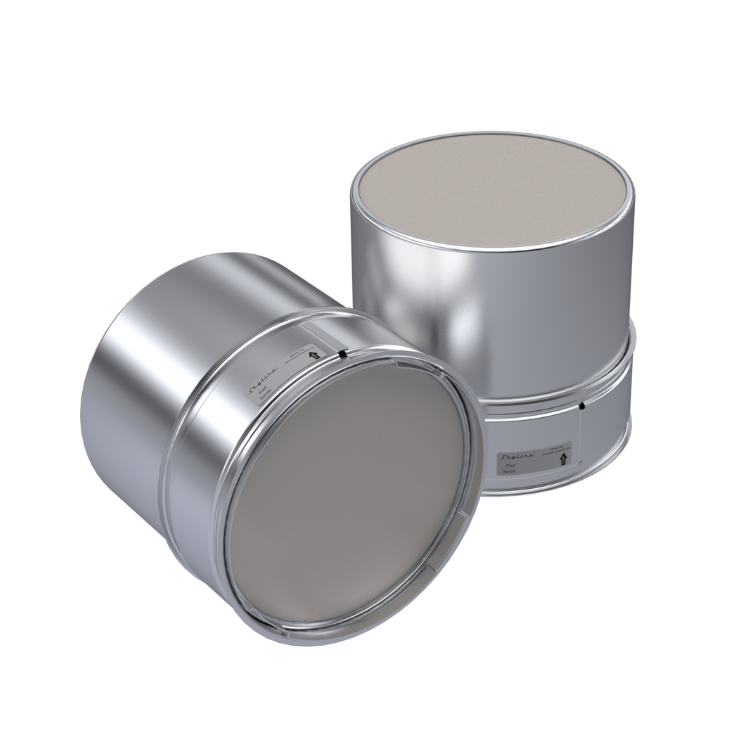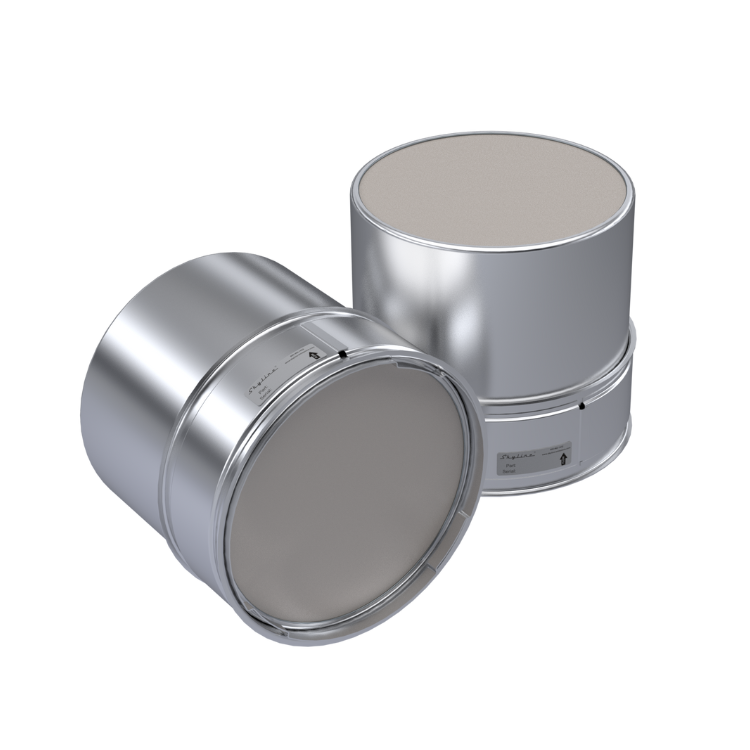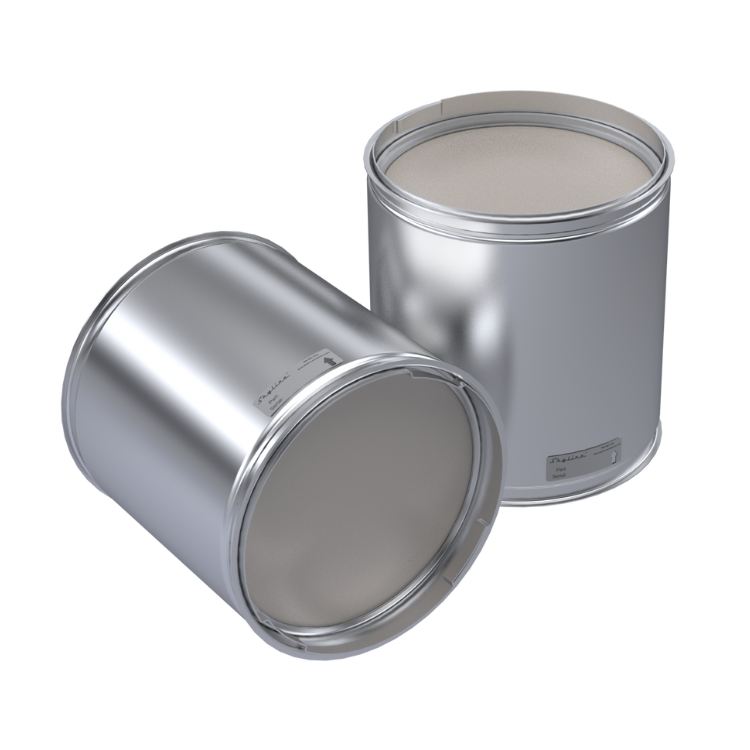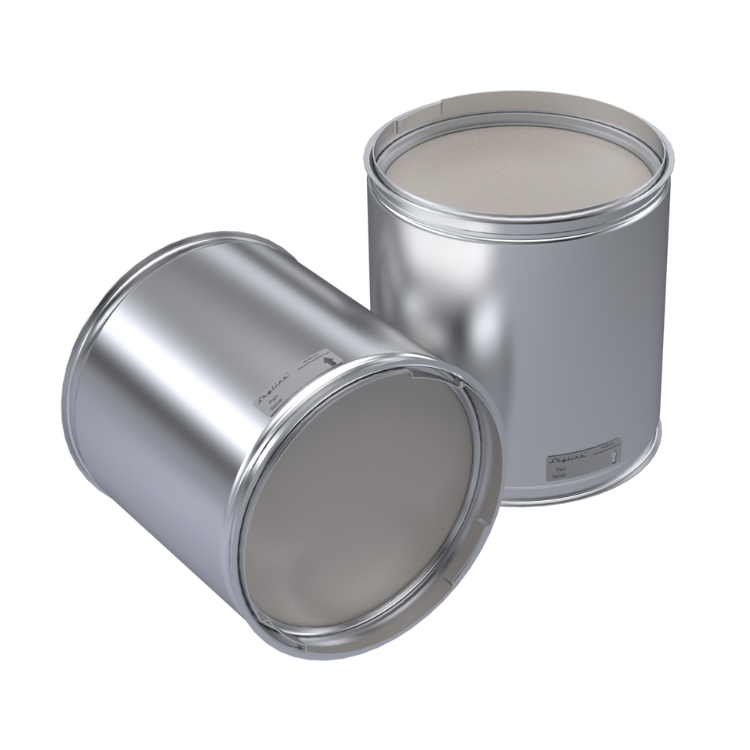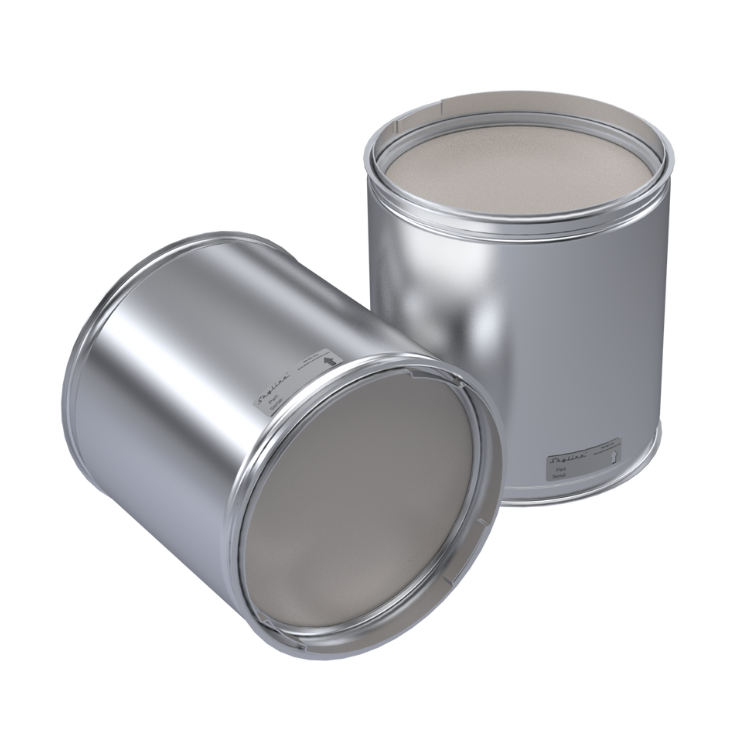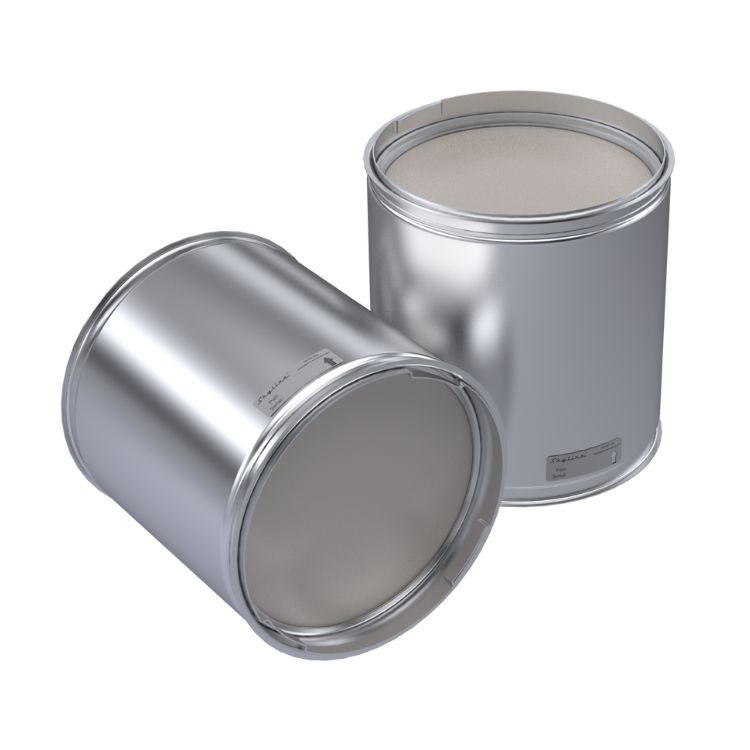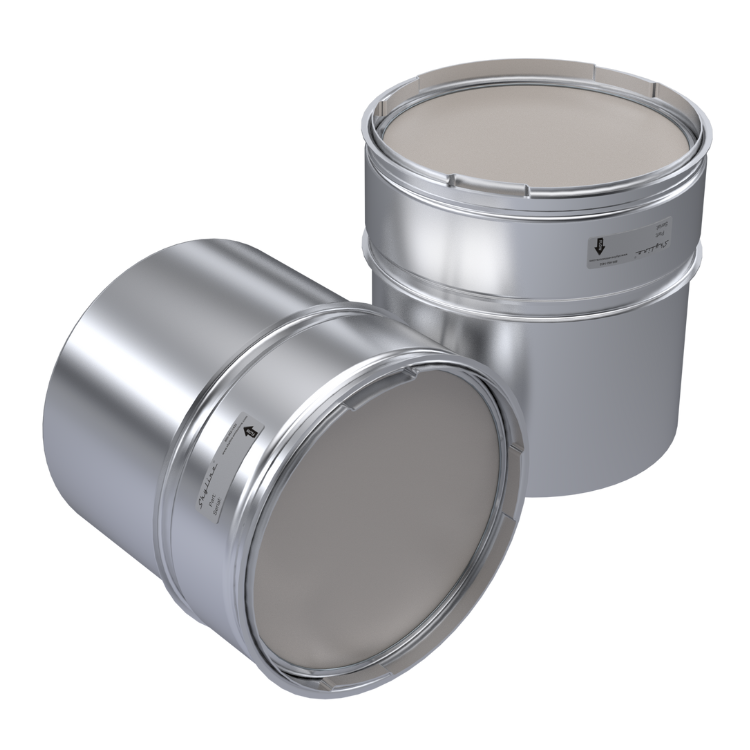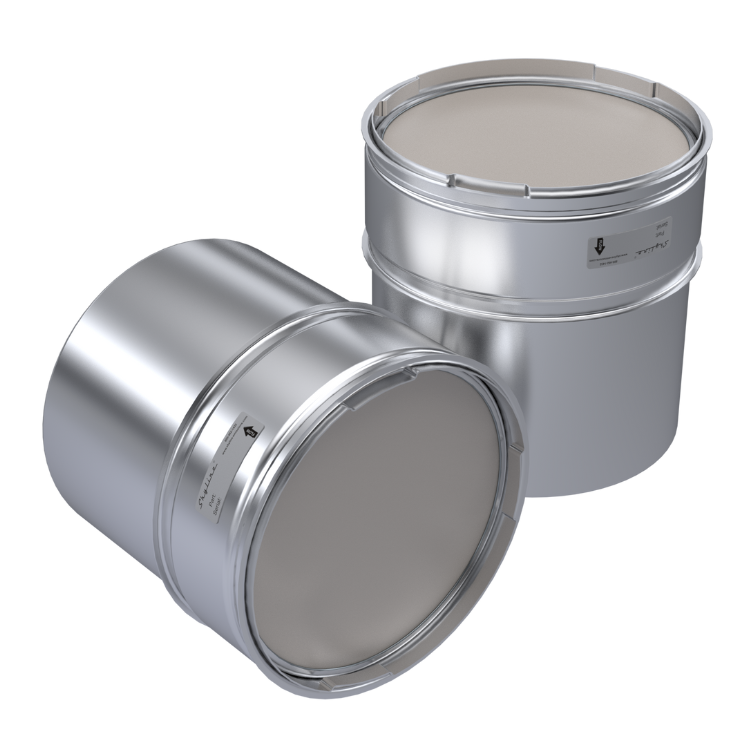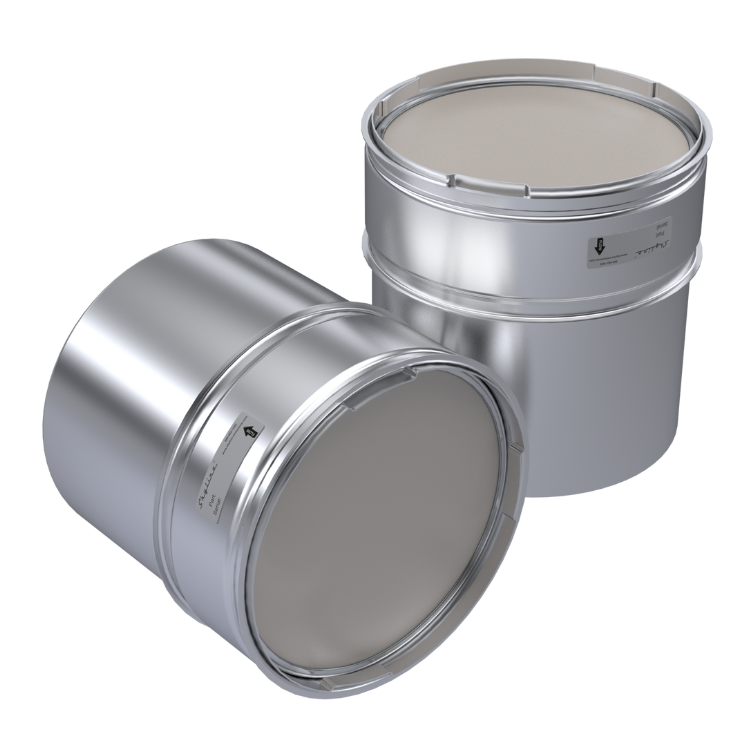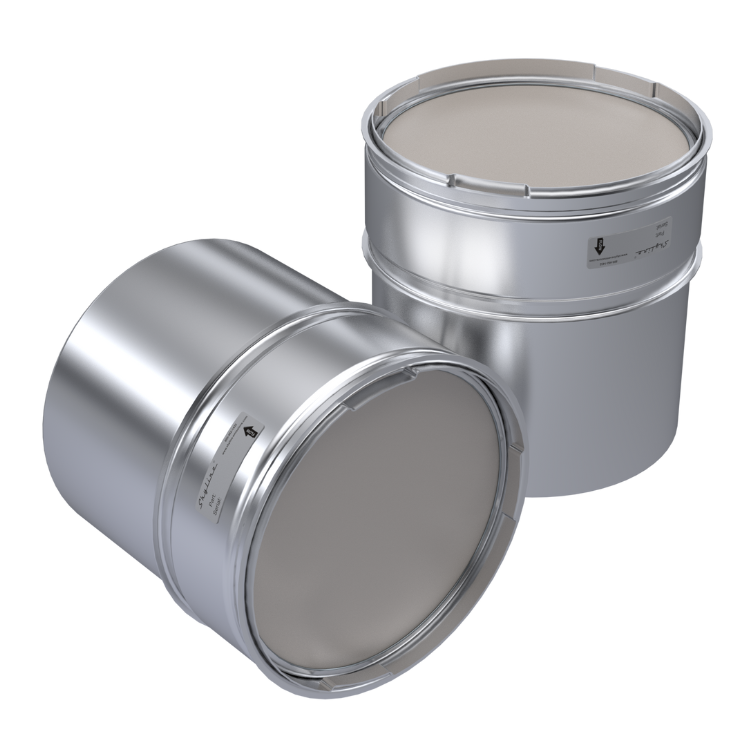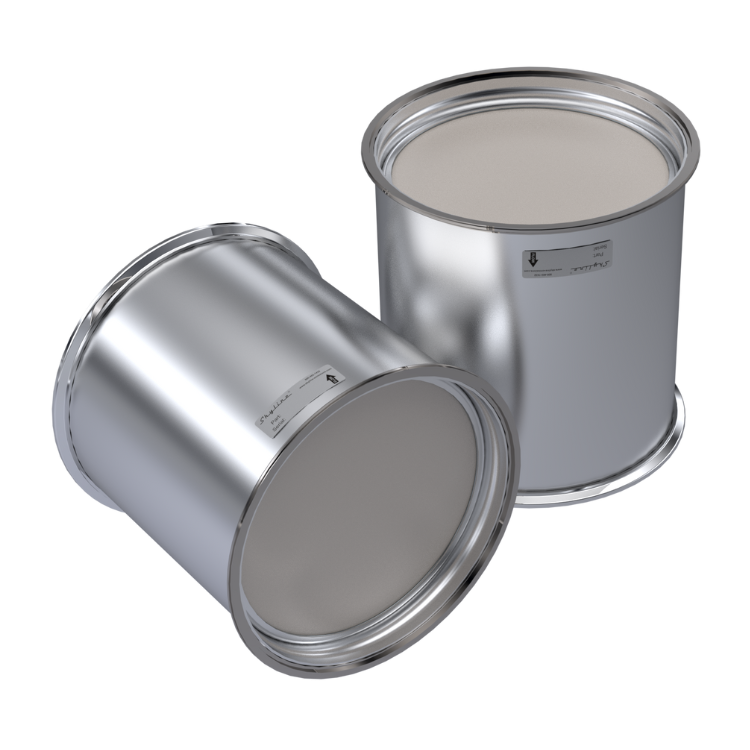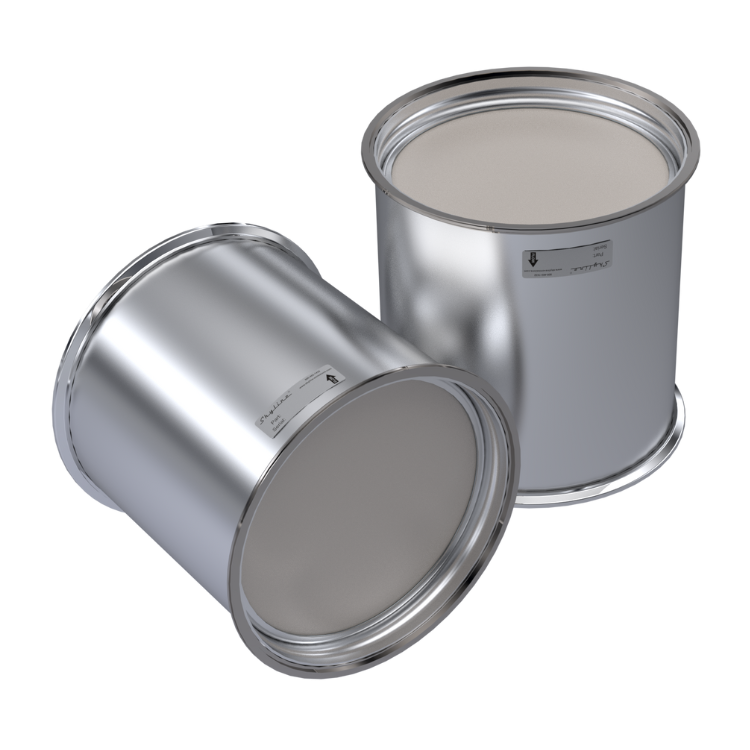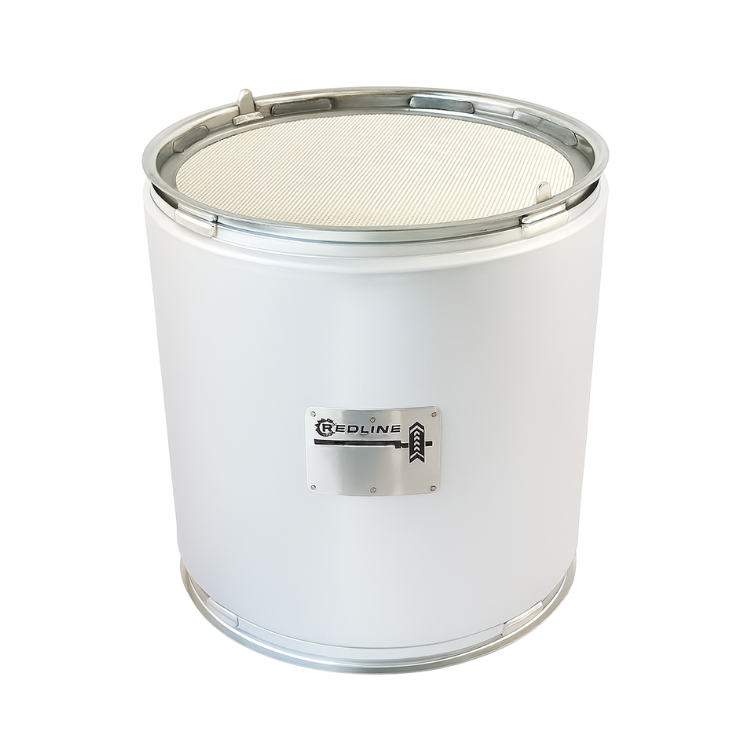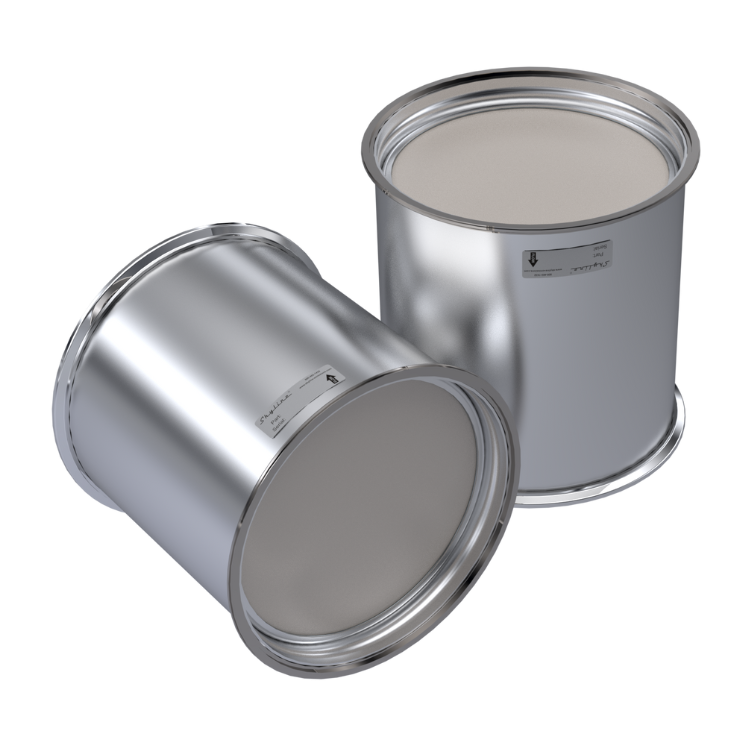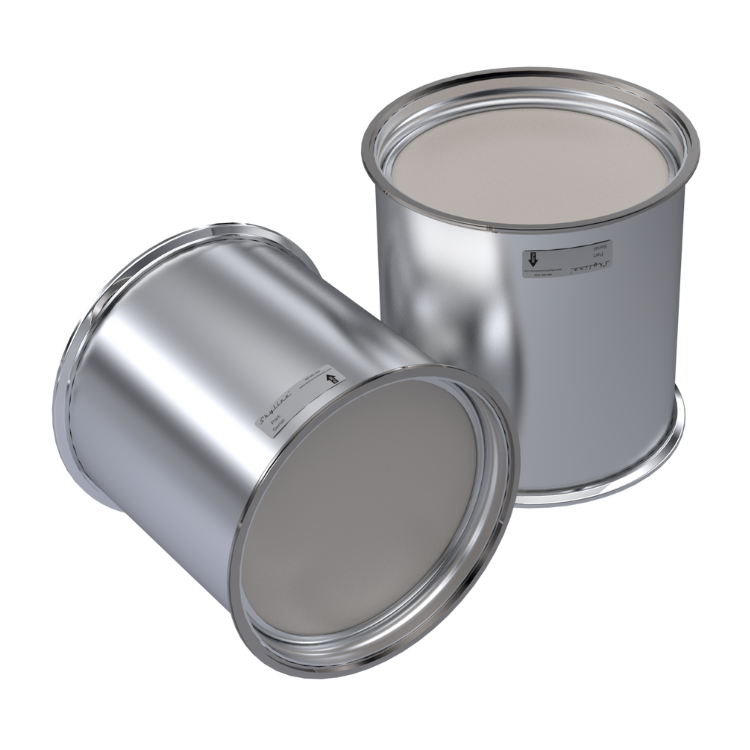A Diesel Particulate Filter (DPF) is a crucial part of your vehicle’s emissions system, responsible for capturing and reducing harmful soot particles from the exhaust. If the DPF becomes faulty—either clogged, cracked, or otherwise damaged—many drivers wonder if it's safe to keep driving. While your vehicle might still operate with a failing DPF, doing so can lead to bigger problems over time.
What Happens If You Drive with a Faulty DPF
-
Reduced Engine Performance
A clogged or malfunctioning DPF restricts exhaust flow, which can reduce engine power and lead to sluggish acceleration or poor fuel economy. -
Increased Emissions
A faulty DPF cannot effectively trap soot and particulates, leading to elevated emissions that may violate environmental regulations and result in failed inspections. -
Limp Mode Activation
Many vehicles enter “limp mode” when the DPF is severely clogged. This reduces power and limits speed to protect the engine and emission system. -
Engine Overheating or Stalling
Backpressure from a blocked DPF can cause higher engine temperatures, potential overheating, or even engine stalling during operation. -
Damage to Turbo and Engine Components
Prolonged driving with a faulty DPF can lead to excess stress on the turbocharger and other exhaust components due to trapped gases. -
Warning Lights and Error Codes
The check engine light or a DPF warning indicator will typically illuminate, often accompanied by fault codes when scanned with diagnostic tools.
Driving with a faulty DPF is not recommended beyond short distances to a repair facility. Ignoring the issue can lead to decreased vehicle performance, increased repair costs, and even permanent engine damage. If you notice warning signs such as loss of power, excessive smoke, or a DPF warning light, it's best to have the system inspected and serviced as soon as possible. Regular maintenance and timely cleaning can help prevent DPF failure and keep your diesel engine running efficiently.








